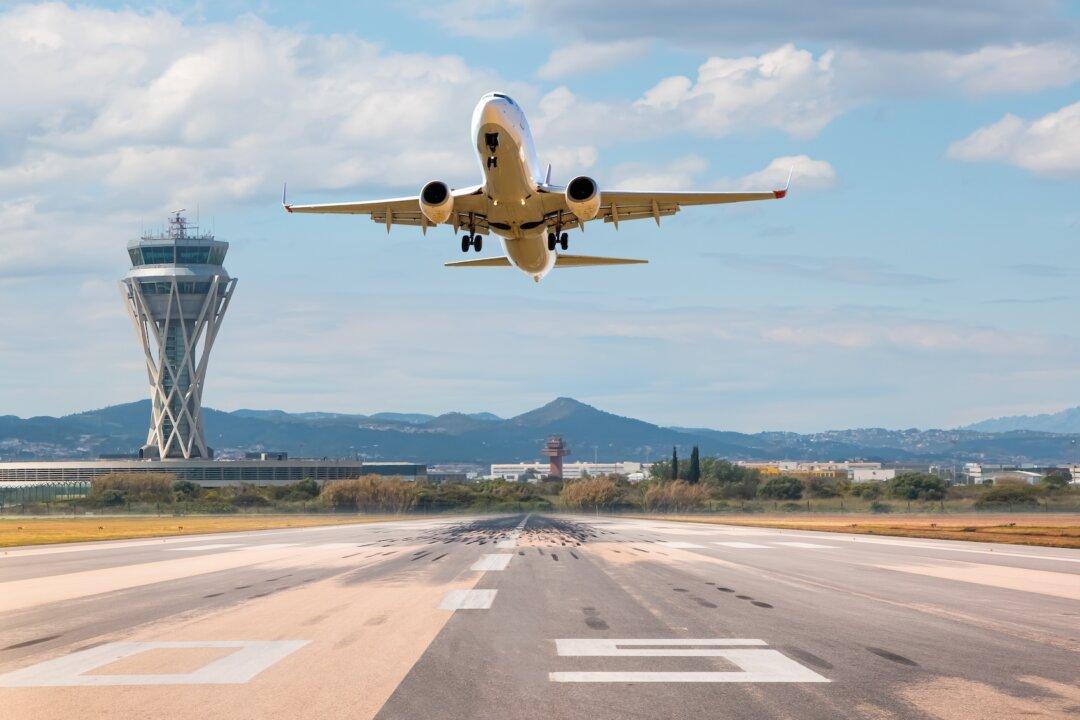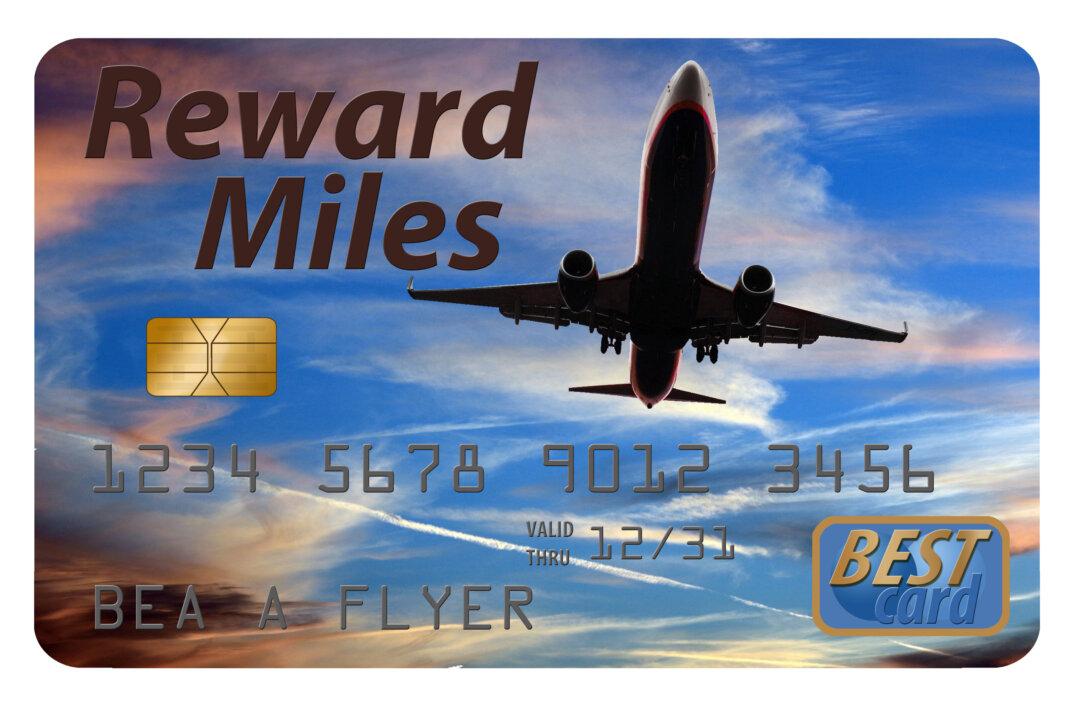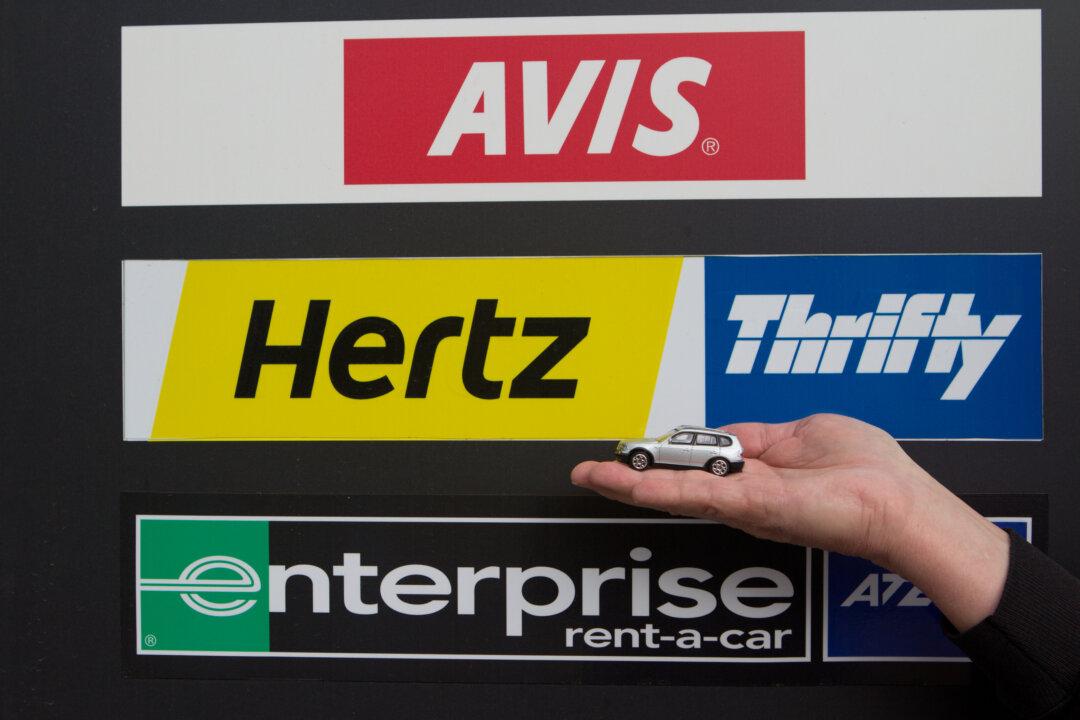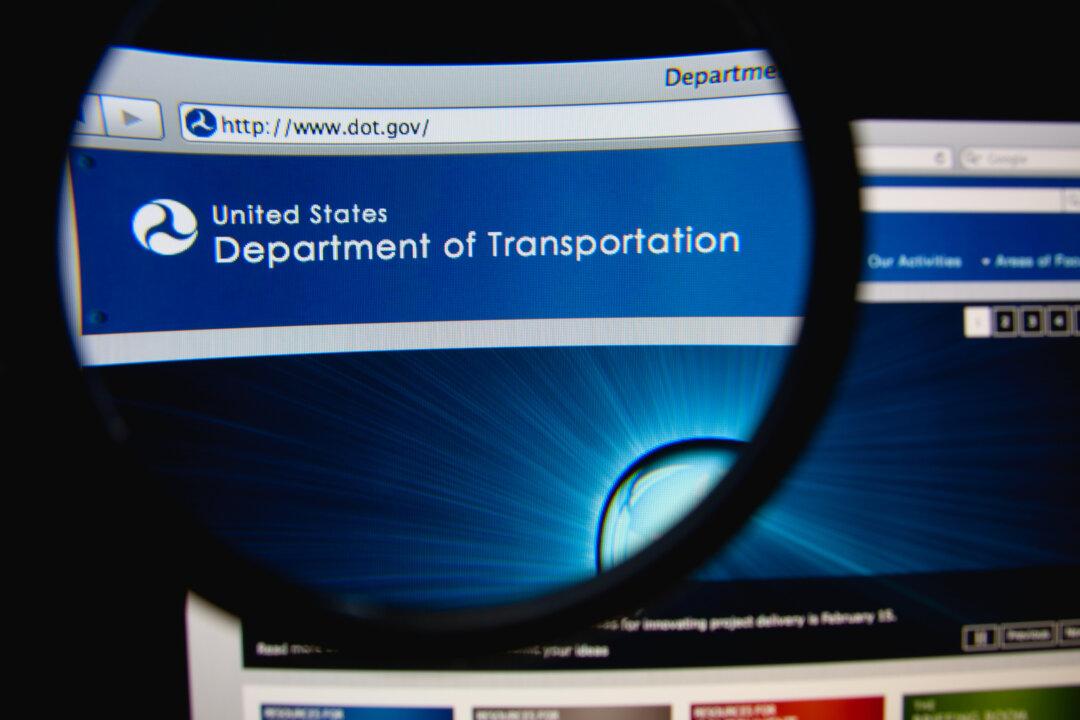Today’s giant airlines—as well as many smaller ones—make their business on connections. The pervasive “hub and spoke” route system means you can fly from almost anywhere in the United States to almost anywhere else with one stop-and-connection at a hub. My home airport, Medford, Oregon, is typical. If I want to fly to, say, New York, there won’t be a nonstop within my lifetime. But I can get from Medford to New York with one stop/connection on four different airlines: Alaska via Seattle, American via Phoenix, Delta via Salt Lake City or Seattle, and United via Denver, Los Angeles, or San Francisco.
But connections are a hassle. Connecting flights nearly double your risk of cancellation or delay, plus they add additional risk of lost baggage, the hassles of airport processing, and usually at least two hours of total trip time. That’s why one tried-and-true rule of selecting a flight is simple: If you can find a nonstop at a good price, take it.
So given the hassles and risks, why take a connection? Even when a nonstop is available, you can sometimes find a lower connecting fare. I checked a bunch of random domestic routes for early June, and found that on more than half of the long-haul trips, lowest fares on connecting flights were less than on available nonstops—sometimes as much as $200 round trip.
But whether it’s the only option or the cheapest, a connection involves more risk and more hassle than a nonstop.
Schedule Problems
If you have to connect, try to optimize connecting time. Allow enough slack so that you won’t miss the connection, but try to avoid extended connecting times. And if you’re looking for the lowest fare, beware: The least expensive connections I found often involved at least one red-eye flight and many involved long waits at connecting hubs.





